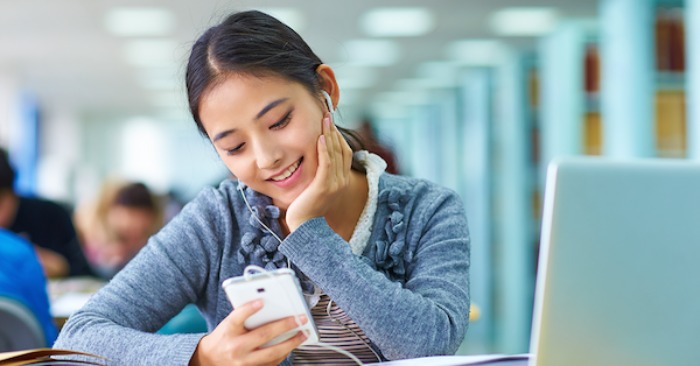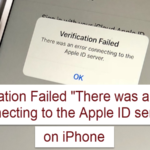
In today’s digitally-driven academic world, a smartphone is more than just a communication tool. For many students, it’s their lifeline to lectures, assignments, and a vital way to stay connected with their peers. But what happens when that lifeline’s battery starts to drain faster than it should? You could find yourself in the middle of taking notes or doing important research when your screen suddenly goes dark. To avoid such mishaps, knowing how to maximize your iPhone’s battery life is crucial.
An iPhone can provide various utilities: it’s an alarm clock, a planner, a notebook, and a means to access your online coursework or the best sources for your research paper. As a student, you wouldn’t want these functions interrupted by a constantly draining battery. Use essay writer from EssayHub.com, your classmate texts you. In the middle of replying, your iPhone’s screen goes black – and it’s only midday! Don’t let this be you.
Understanding iPhone Battery Health
Before you can learn how to maximize your battery life, you need to understand what iPhone Battery Health means. In simple terms, it’s an indicator of your battery’s capacity to provide power compared to when it was new. It directly impacts your iPhone’s performance, affecting how long your device can operate on a single charge. Battery health naturally degrades over time, but certain practices can slow this process.
An important aspect of battery health is the ability to hold a charge. As your iPhone’s battery health declines, so does its capacity to power your device for extended periods. It’s like an essay writer who starts energetically but begins to tire and produce less work as time goes on.
Tips to Maximize iPhone Battery Life
Now that we’ve understood battery health let’s delve into the actionable steps to maximize your iPhone battery life. Here’s a list of strategies that can effectively conserve your battery power:
- Adjust screen brightness: Excessive brightness can quickly drain your battery. Use the auto-brightness feature or manually keep your screen at the lowest comfortable level.
- Manage background app activity: Apps running in the background can consume a lot of power. Regularly close unused apps and disable background refresh for those not frequently used.
- Utilize Wi-Fi over cellular data: Using cellular data consumes more battery than Wi-Fi. Whenever possible, connect to a Wi-Fi network.
- Keep iPhone software updated: Apple often provides software updates that improve battery performance. Regularly check for and install these updates.
- Turn off dynamic wallpapers and motion effects: These visual effects can be enjoyable, but they’re also power-consuming. Stick to static wallpapers and disable unnecessary motion effects.
When to Use Low Power Mode
Apple’s Low Power Mode is a lifesaver when your battery level drops below 20%. This feature reduces the overall background activity, including automatic downloads and mail fetch, to extend your battery life until you can recharge your device. It’s similar to when you’re halfway through a lengthy essay and realize you need to conserve your efforts (think best paper writing services for battery life) to make it to the conclusion without losing quality. This mode also slows down the rate at which apps use battery life by reducing their activities.
Moreover, it dims the brightness of your iPhone screen and turns off some visual effects. So, don’t hesitate to engage Low Power Mode when you’re running low and you can’t immediately access a charger. It could be the difference between your phone surviving an important call or dying mid-conversation.
How to Properly Charge Your iPhone
Contrary to a popular myth, you should not let your iPhone’s battery drain completely before recharging it. In fact, doing this too often can harm your battery health, leading to a shorter lifespan and less efficient battery performance. It’s best to plug your iPhone in for a charge when it falls to about 20%, and unplug it when it reaches around 80-90%. Overcharging your device, such as leaving it to charge overnight, is also not advisable.
Keeping your iPhone at 100% for extended periods can also degrade its battery health. It’s akin to how you handle your assignments; you wouldn’t want to pay for essay and get an overloaded paper, right? Charging your iPhone the right way not only extends the battery’s overall lifespan but also helps maintain your device’s performance over time. Regularly following these charging habits can dramatically impact how long your iPhone can function efficiently on a single charge.
Conclusion
As students, our smartphones are an essential tool for success. Being proactive about maximizing your iPhone’s battery life can lead to a smoother and more efficient academic experience. Remember, just like in your academics, consistency is key. Regularly practicing these habits can help your iPhone’s battery life go the distance, keeping you connected and productive when it matters the most. So, here’s to fewer low battery alerts and more uninterrupted productivity!



